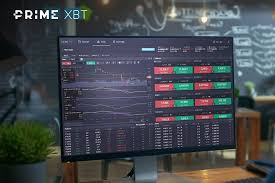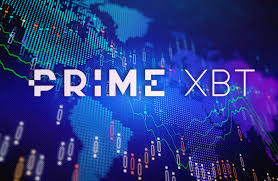
Limit vs Market PrimeXBT: Which Order Type is Right for You?
When trading on PrimeXBT, one of the first decisions a trader must make is whether to use a limit order or a market order. Understanding the nuances of these two types of orders can significantly impact your trading strategy and overall success. In this article, we will delve deep into the Limit vs Market PrimeXBT limit vs market PrimeXBT debate to help you make informed choices.
What Are Market Orders?
Market orders are the most straightforward type of trade. When you place a market order, you are instructing the exchange to buy or sell an asset at the current market price. This type of order is typically executed immediately, which makes it ideal for traders who prioritize speed over price certainty.
Advantages of Market Orders
- Immediate Execution: The primary advantage of market orders is their instantaneous execution. If you see a trading opportunity, using a market order allows you to capitalize on it right away.
- Simplicity: Market orders are easy to understand and execute. This simplicity can be appealing to novice traders.
- No Price Limits: With a market order, you do not have to worry about setting a price limit. The order is filled at the best available price, which can be beneficial in volatile markets.
Disadvantages of Market Orders
- Price Uncertainty: The downside of using market orders is the lack of control over the execution price. In fast-moving markets, the price can change quickly, resulting in slippage where you may end up buying or selling at a less favorable price.
- Potential for High Fees: Depending on the volatility of the asset, slippage can lead to higher fees, especially in high-frequency trading scenarios.
What Are Limit Orders?
In contrast to market orders, limit orders allow traders to specify the exact price at which they are willing to buy or sell an asset. A buy limit order is executed only when the price drops to your specified level or lower, while a sell limit order is executed when the price rises to your specified level or higher.
Advantages of Limit Orders
- Price Control: The most significant advantage of limit orders is the increased control over the execution price. Traders can set their desired entry or exit points, helping mitigate the risks associated with market fluctuations.
- Better Trading Strategy: Limit orders encourage traders to develop a more calculated approach to trading rather than making impulsive decisions based on immediate market movements.
- Reduced Slippage: Since you can set a maximum buy price and a minimum sell price, limit orders are less susceptible to slippage compared to market orders.

Disadvantages of Limit Orders
- Execution Risk: The primary disadvantage is that limit orders may not execute if the market does not reach your specified price. This could result in missed opportunities if the asset moves in the desired direction but does not hit your limit.
- Partial Fills: Limit orders can be partially filled if only a portion of your order is available at your target price. This can complicate your trading strategy and require more management.
When to Use Market Orders vs. Limit Orders
Your choice between market and limit orders ultimately depends on your trading strategy and the market conditions:
- Use Market Orders When:
- You need immediate execution and are willing to accept the current market price.
- You are trading in a highly liquid market where the risk of slippage is minimal.
- You are trading in fast-moving markets where timing is crucial.
- Use Limit Orders When:
- You want to control the price at which you execute your trades.
- You are trading less liquid assets that may have significant price fluctuations.
- You are developing a long-term trading strategy and wish to avoid impulsive actions.
Conclusion
Understanding the difference between limit and market orders on PrimeXBT is vital for traders looking to optimize their trading strategies. While market orders offer speed and simplicity, limit orders provide better control over execution prices. By considering the nature of the market, your trading goals, and your risk tolerance, you can make the right choice that aligns with your overall trading strategy. Whether you choose to execute market orders for quick trades or opt for limit orders to strategically time your entries and exits, both have their place in the toolkit of a successful trader.
